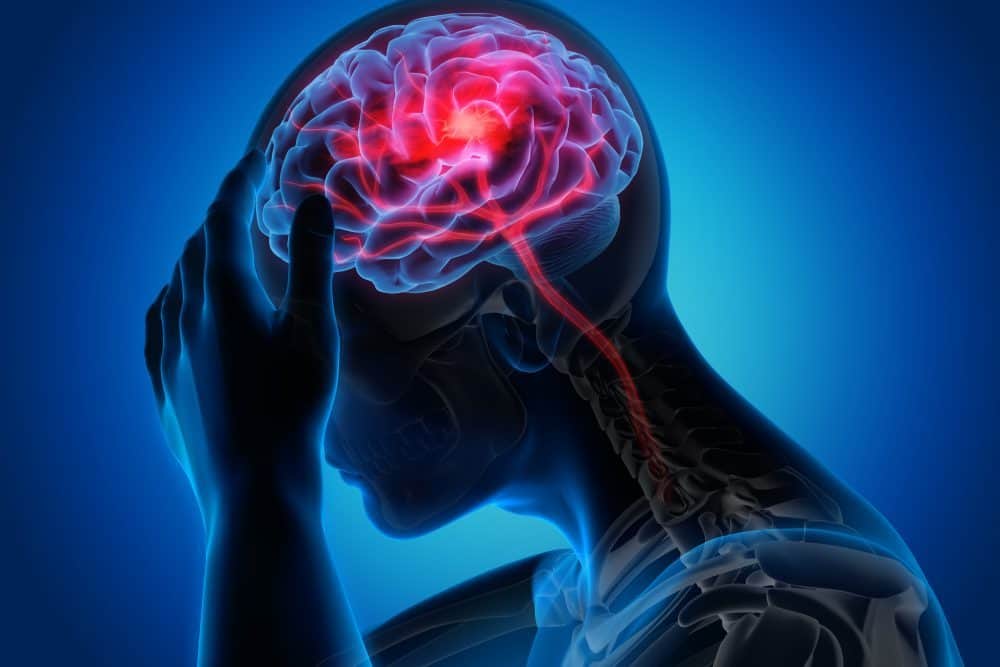Migraines effect 12% of the population, I have seen it reported as high as 20%. Typically migraines tend to effect females more than males, it can be a regular occurrence or sporadic and infrequent. Typically it can be difficult to distinguish between a very severe headache and a migraine, however there are certain factors or symptoms that may help distinguish between the two. There are 4 phases when it comes to migraines.
Predome or Premonitory phase
Fatigue, light sensitivity, neck tension and stiffness, irritability, yawning, food cravings, difficulty sleeping, feeling unsettled to name a few. These can occur up to 72 hours prior to the actual migraine attack. It may seem strange that these symptoms are in fact related to migraines, the reason for this is because, migraines are a neurological condition happening at the level of the brain and specifically in area’s that control things like sleep, hunger, mood levels etc.
Aura Phase
Only about 30% of people who suffer from migraines will get an aura. Aura’s are reversible neurological symptom, although there are several different types of aura’s the most common is visual disturbances such as blurred or spotted vision. Other types aura’s include sensory, language and motor.
Attack Phase
This is the phase when people will get the headache, it tends to be one sided and felt at the base of the skull, side of the skull and eye and forehead. Its felt as a throbbing sensation and maybe accompanied by nausea/vomiting, sensitivity to light, smell and noise. This phase can last up to 4-72 hours.
Postdome Phase
This is usually felt as a headache, neck pain and stiffness, depression, fatigue after the attack phase has subsided.
Triggers
There are a variety of triggers, it is vital to be able to distinguish the trigger that are unique to you and the symptoms described in the predome phase. Triggers include emotional stress, hormones, not eating, sleep disturbances, neck pain, alcohol, bright lights, smoke, foods, exercise.
Although medications can be effective in dealing with migraines, there is the potential for migraine sufferers to get rebound headaches from overusing such medications and it becomes a viscous cycle of taking them to relieve a migraine while at the same time it is what is causing them. I will go in to greater details of medication induced migraines and other treatments in my next article.



